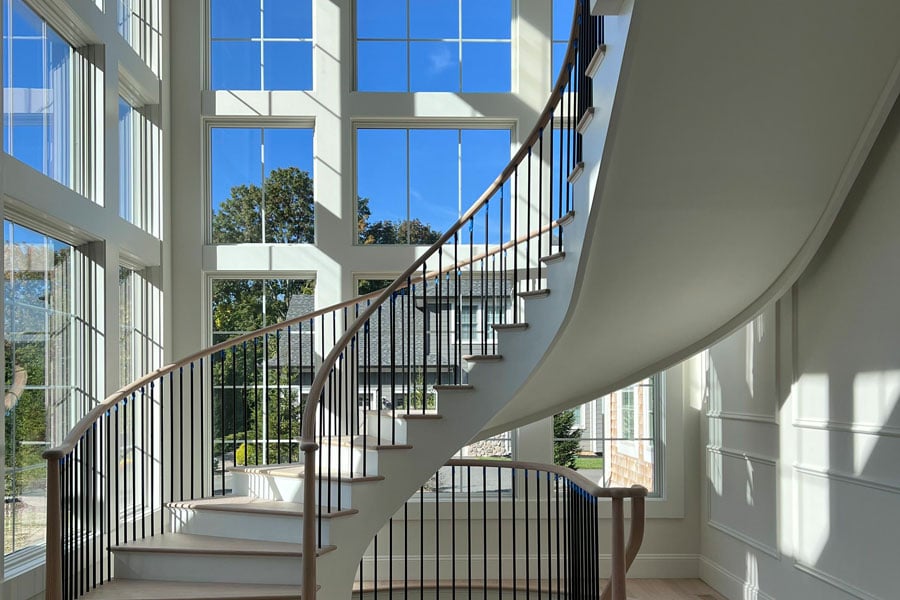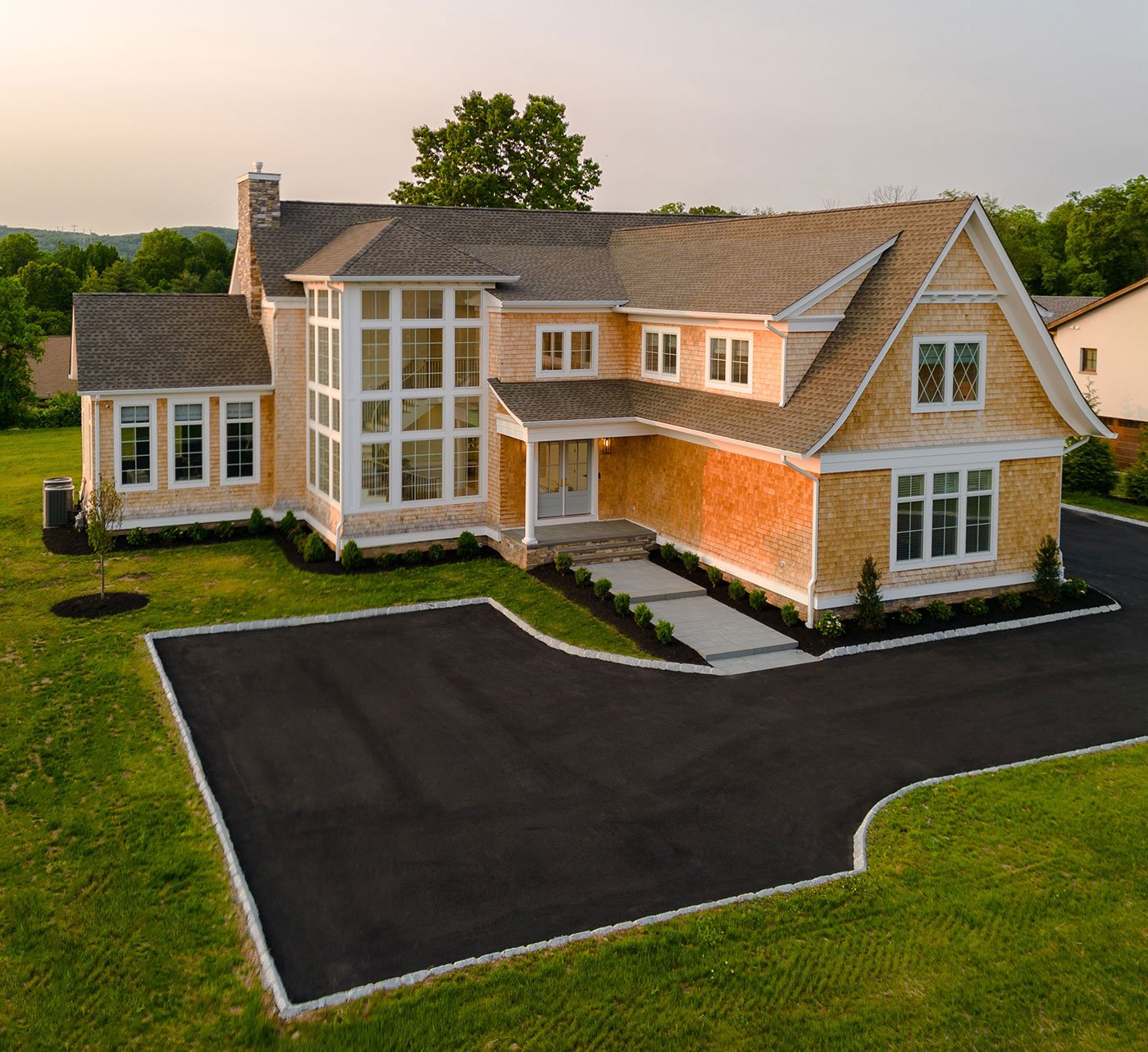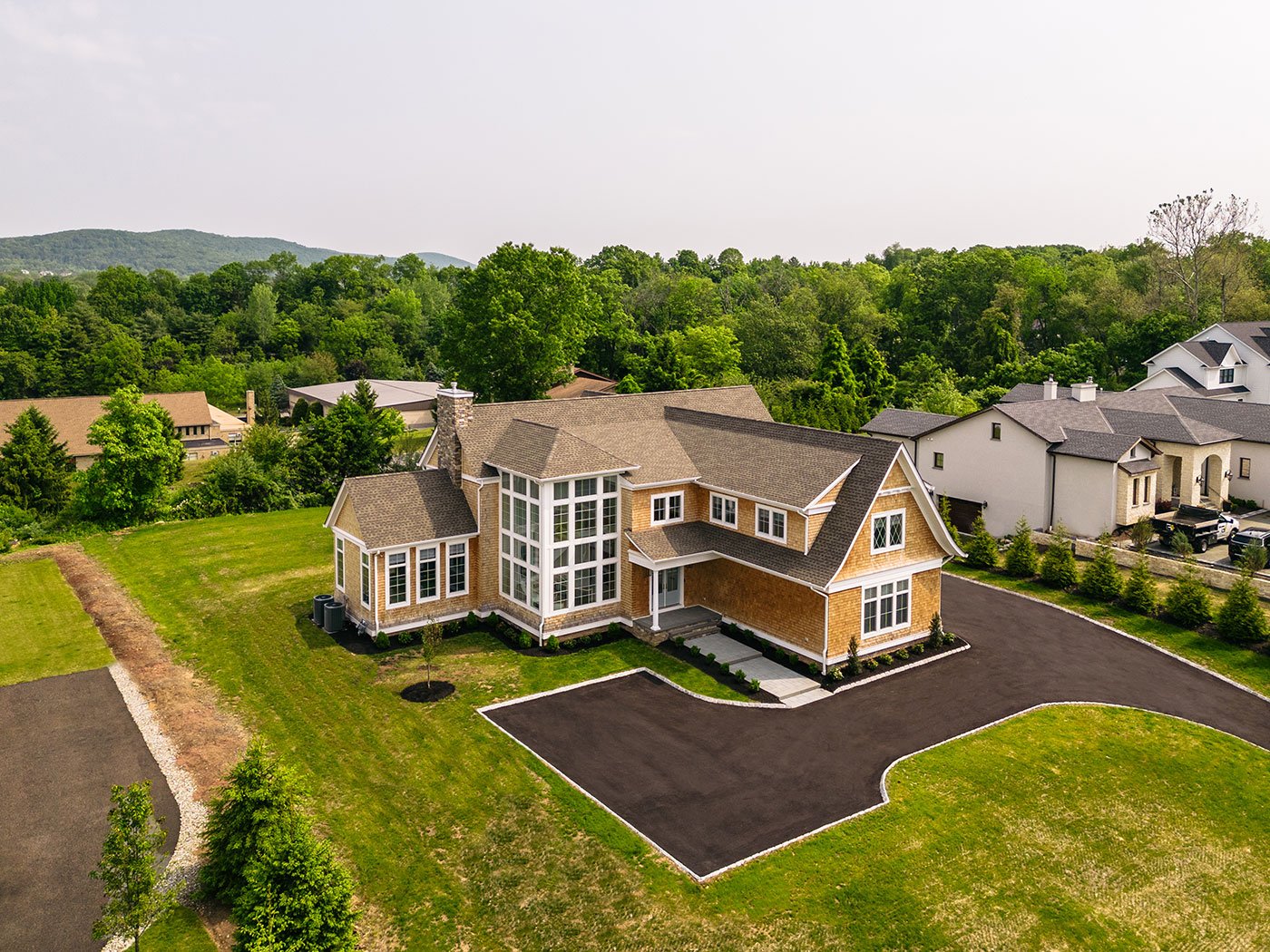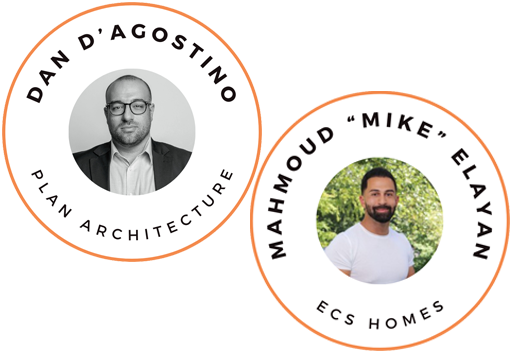Preparing your clients to build their dream home

So, your client is ready to build their dream house. It’s sure to be an emotional rollercoaster, but you can prepare them to ride out the ups and downs. To help you do this, we’re sharing four strategies from an architect and builder based in New Jersey.
Mahmoud “Mike” Elayan of ECS Homes and Dan D’Agostino, AIA, of Plan Architecture have helped more than a few clients realize their home dreams. Here's how they manage client expectations.
1. Encourage them to hire a team, even if it’s not yours
The first thing Elayan tells clients is to focus on hiring a team — both a builder and an architect —together. “It’s extremely advantageous to the client because there’s no true gauge of budget direction unless you have a builder,” Elayan said. He believes it results in the client getting not only the best final product but also a great experience throughout the building process. Budget, timelines, and decision-making are all easier when both parties collaborate right from the beginning.
But it’s not just about hiring design and build in tandem, it’s also about hiring the right team. “Just like in a marriage, personalities need to align for it to work,” Elayan said. And he’s found ways to share his personality and style where clients can find him — on social media. He has a robust Instagram presence and has found that when clients find him there, they come into the first meeting with a familiarity that lends itself well to building a trusting relationship.

2. Use open-ended questions to get the vision out of their head
D’Agostino often kicks off the design process by asking the client, “We’ve finished your project, you walk in the front door, what do you see? What do you feel?” Often, the client doesn’t have a response, and that’s where the real work begins. Understanding their needs is the initial task, but it’s also an ongoing one.
When a moment comes that the reality of the project isn't matching the client’s vision, “emotional Armageddon” as Elayan calls it, they take a two-pronged approach. First, they remind the clients that “we’re doing the best we can with the information you provided” and second, asking, “How can we get this right?” This question puts the ball back in the client’s court so there’s a “better chance of giving them exactly what they want,” Elayan said. "It's never take it or leave it.”
3. Good timing is the key to managing analysis paralysis
Building a house is just “answering questions and making decisions,” D’Agostino said. That’s why he’s purposeful about what conversations he has when. “I don’t want to talk about whether your dishwasher’s going to go to the right or left of the sink at the first meeting,” he said. That’s a decision for a later date. Initial conversations should focus on layout. Starting general and getting more specific helps the client focus on making the right decisions at the right time and makes the process more efficient overall.
For his part, Elayan focuses on educating clients about the process. “If they’ve never been through this, they might not understand that it can take months to get certain materials,” he said. To underscore the importance of front-loading certain selection decisions, he explains the order in which things are done. For example, an early decision about the bathroom vanity is needed because plumbing is the next step after framing and roofing.

4. Teach them what to prioritize to maximize the budget
In Elayan’s experience, rare is the client who’s willing to buy everything top of the line, even though that’s what their inspiration photos show. When it comes to counseling clients through tough decisions about where to spend and where to save, D’Agostino thinks more like a builder exercising his influence to advocate for the building envelope. He tells clients that while countertops and flooring can be changed out later, siding, trim, and windows are essential to the integrity of the building.
In turn, Elayan is a builder who thinks more like an architect coming up with cost-effective solutions that preserve the design intent. For example, he and D’Agostino used a PVC sheet to create a custom trim detail that saved the client from spending thousands of dollars on $5 brackets. It was such a successful innovation that their siding contractor now uses the detail regularly on all sorts of projects.
“It’s a daunting process, but when [the client] is mentally prepared for what’s to come, it can be very fun,” Elayan said in summary.
Up next: Hear from this team about creating an architect-and-builder dream team.
